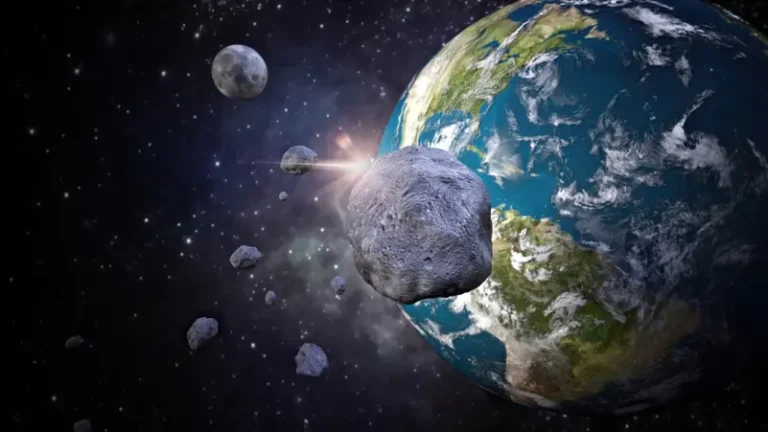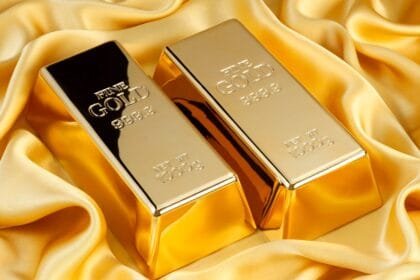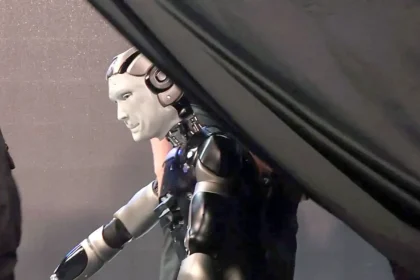The US Space Agency (NASA) announced that an asteroid named 2024 YR4 may pose a threat to the moon in December 2032.
She pointed out that the risk of it colliding with the ground has become unlikely.
Although estimates indicate that the probability of an asteroid colliding with the Moon is only 4%.
But if that happens, it could leave a massive debris cloud. This would increase the number of micrometeorites heading toward Earth to a thousand times the normal rate for a few days.
What may threaten satellites and astronauts in orbit.
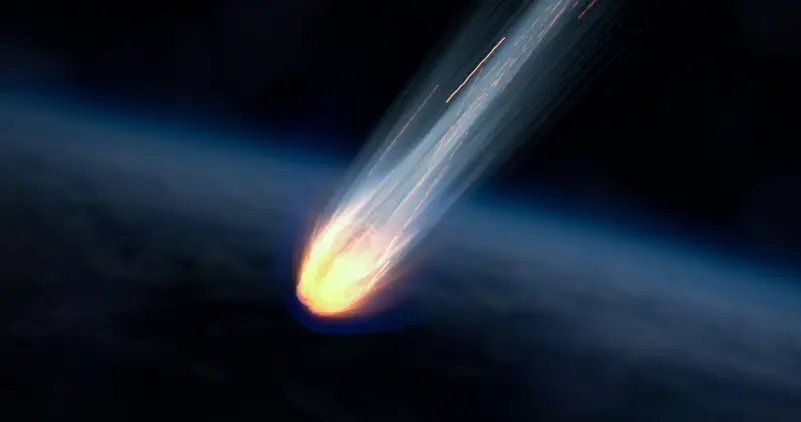
two main options
A recent study conducted by NASA showed that humanity has two options for dealing with the asteroid if its destination is confirmed, according to the scientific journal ScienceAlert.
The first option is to divert the asteroid’s path. By slightly adjusting its orbit, a collision can be avoided.
However, this step requires accurate knowledge of the asteroid’s mass, which may require a reconnaissance mission by 2028.
The second option is to destroy it. This can be done by directly colliding with a huge object to break it into small pieces. Alternatively, a nuclear explosion in space at a calculated altitude could be effective.
While calculations have revealed that a one-megaton nuclear bomb would be sufficient to disable it, this option raises widespread political and technical controversy.
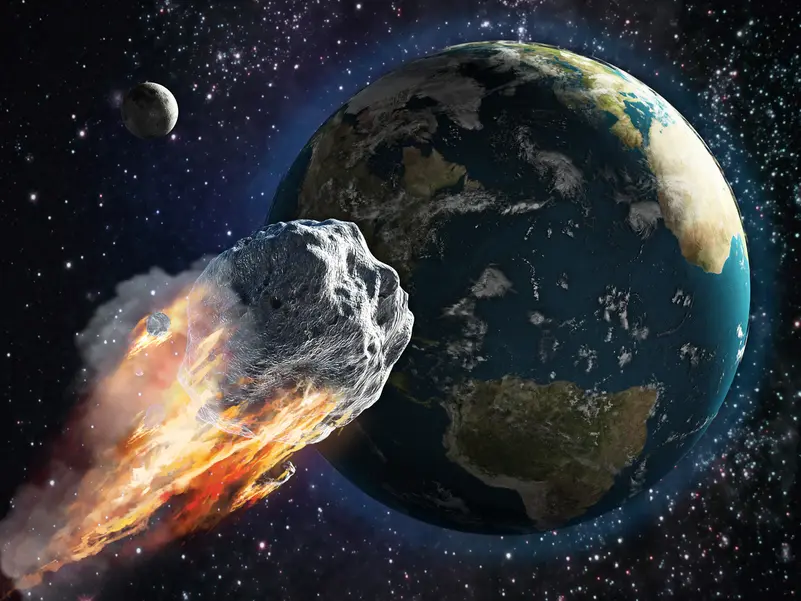
Narrow time window
The researchers believed that any defense mission should be launched between 2030 and 2032.
It is a relatively short time in the world of space exploration.
NASA has also studied the possibility of redirecting some of its current missions, such as the Osiris-Apex mission, toward the asteroid. However, this would mean abandoning their original goals.
between science and politics
Although the chances of colliding with the moon are low, scientists have warned against ignoring the threat.
Experience has shown that early action is safer and less expensive.
The final decision on the use of available technology, especially nuclear technology, remains as political as it is scientific.




